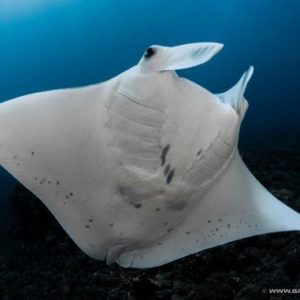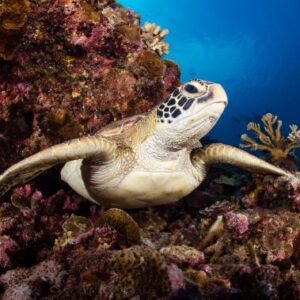Our Mission: To Conserve Our Ocean And Promote Diving
Search Scuba is passionate about protecting the ocean that we love to explore. We partner with ocean conservation organizations to help our planet stay sustainable for generations to come.
We also keep an updated list of international diver education resources on our eLearning page. Going through the courses listed here means you can brush up on your scuba skills and even obtain preliminary certifications without even putting a toe in the water.
Take Your Next Diving Adventure With Search Scuba
We feature scuba diving in French Polynesia for complete beginners, so even if you’ve never gone diving before, you can add one of the experiences listed here to your vacation. Just use our filters to add your requirements and create your ideal trip. Dive in and have fun exploring our options!















